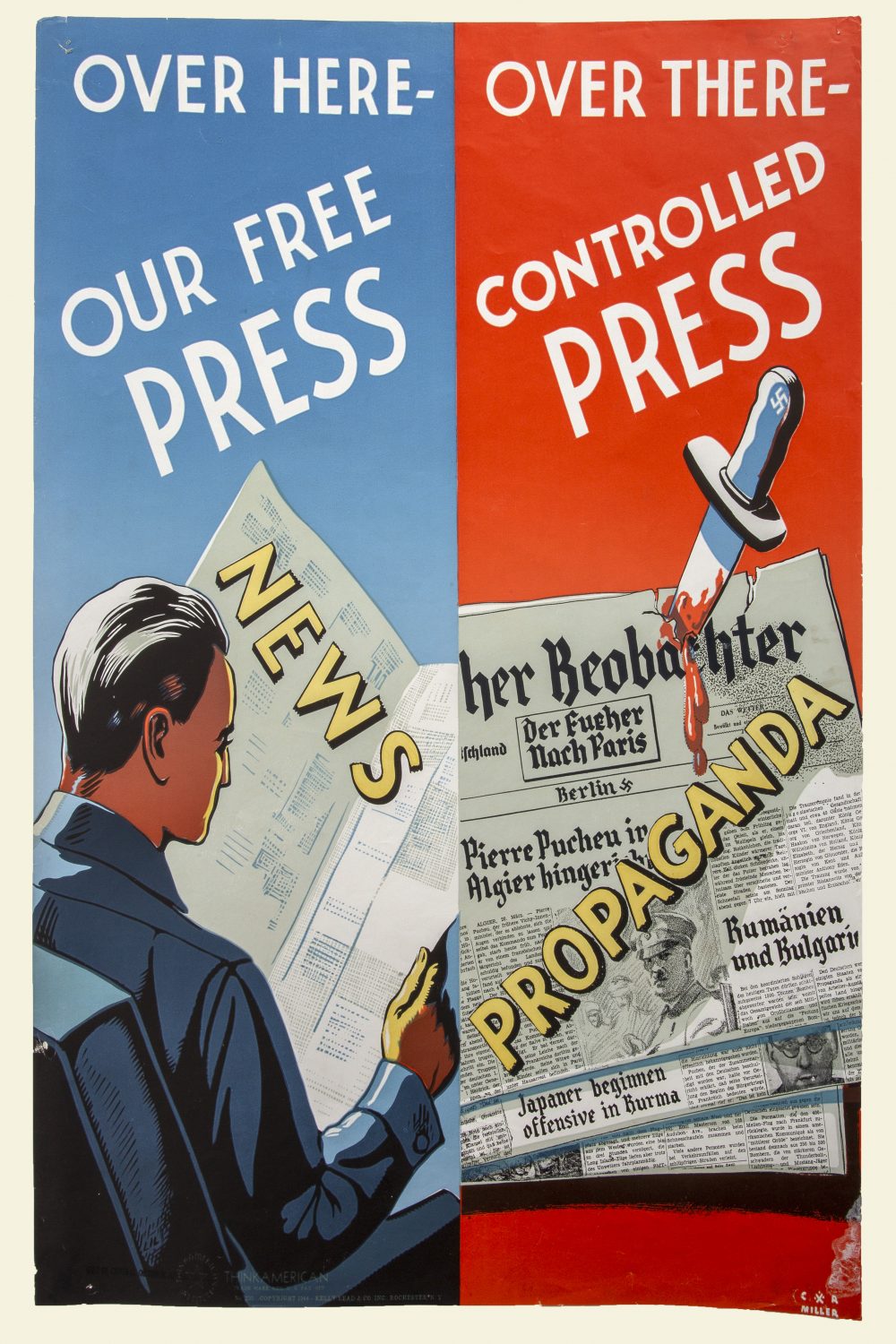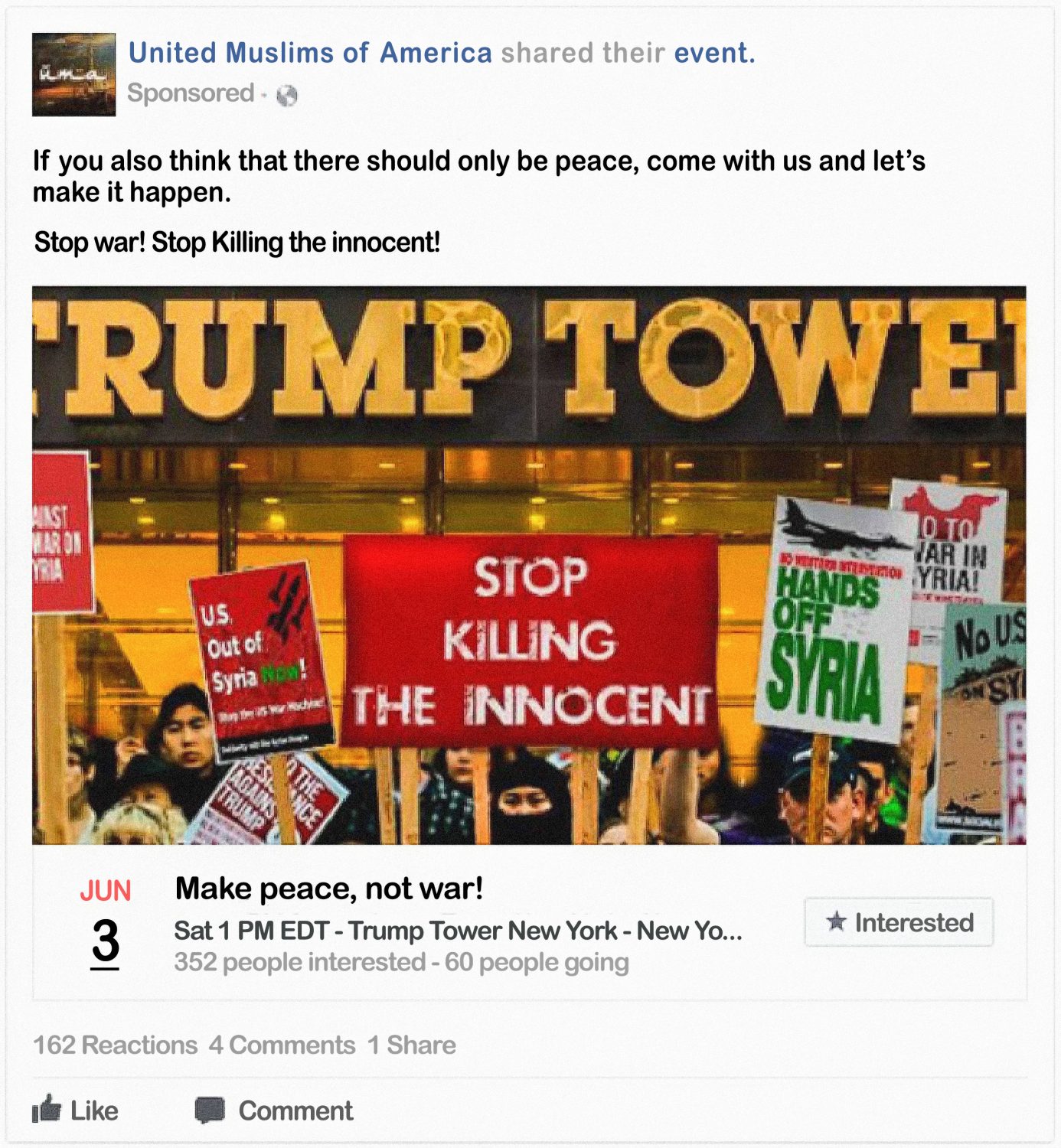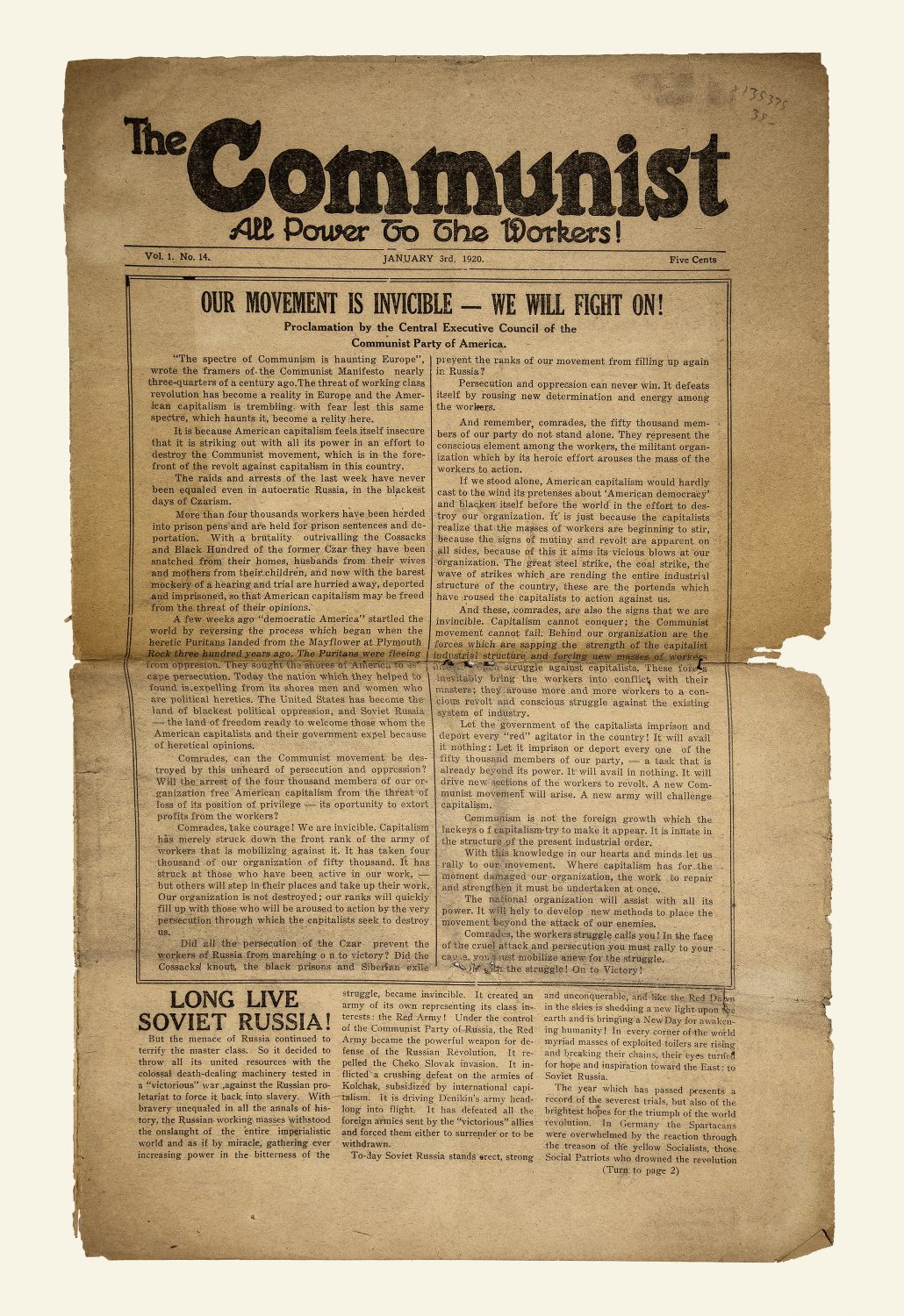


We can all take action to address the spread of propaganda. Pick any one of the strategies below and you’ll be helping to keep our information ecosystem from turning into an overgrown tangle of dangerous deception.
 If you do just one thing to limit the pull of propaganda in your life, make it this: Notice how you react to content.
If you do just one thing to limit the pull of propaganda in your life, make it this: Notice how you react to content.
If a post or story triggers an immediate emotional reaction — you could be thrilled or outraged — it doesn’t necessarily mean it’s propaganda. But it does mean you should take a beat and pay special attention. Ask: Is this the whole story of what’s happening? Do the facts support the shocking claims? Why did the content creator take such a provocative approach?
And if you’re not sure about the answers to any of the above questions, listen to your doubts and save your social media energy for something else. Don’t click. Don’t like. Don’t share.
If you just have to see what’s behind the crazy headline, make sure you actually read the content before you comment or react. And if you do decide to share it, make sure that other people will understand your motivations. Are you sharing it because you think it’s solid information or because you think it’s so far-fetched it’s funny? Don’t expect people to read your mind.
You can use our “Is This Story Share-Worthy?” flowchart to help figure out when a story should be passed along.
Propaganda knows how to find you. The online platforms and browsers we use collect information about us in order to target advertising and suggestions. That data can easily be exploited by purveyors of propaganda.
Until recently, anti-vaccine groups were allowed to use Facebook’s user data to target potential mothers with their content, taking a shortcut to a prime audience.
Platforms like YouTube use algorithms that tend to recommend extreme, click-grabbing content. And once you click on one crazy video, these same algorithms will bring you increasingly extreme ideas.
 If you want to avoid leading propaganda right to your digital doorstep, there are a few relatively simple steps you can take:
If you want to avoid leading propaganda right to your digital doorstep, there are a few relatively simple steps you can take:
Take our quiz to learn which technique you’re most likely to fall for
Last but not least, you can improve your chances of spotting propaganda in any form if you break out of your content bubble and make sure you’re engaging with diverse ideas. That includes ideas you disagree with. With a nearly infinite supply of information at our fingertips, it can be all too easy to start gravitating to sources that reinforce our beliefs and make us feel validated. But the more homogenous our media habits become, the less likely we are to spot propaganda that is trying to exploit our beliefs and biases.
To break out of your media rut, try this: Create a list of five news sources to consult on a regular basis (not necessarily every day, but every week or so).
 Your list should include:
Your list should include:
It’s okay for your sources to display a bias in their coverage, but make sure that all five are real, fact-based news and opinion organizations. If you’re not sure, you can use a resource like Newstrition® or AllSides to help evaluate your sources.
Bookmark your five sources and check them on a regular basis to help you see the world in all its complexity, not just from a single vantage point.
When you know more sides of the story, you’ll be less likely to fall for propaganda’s simplified, exaggerated, exploitative or divisive version.
You may be wondering: Isn’t there a shortcut around all these strategies? Can’t we just pass a law to get rid of this stuff once and for all? Or, barring that, couldn’t online platforms come up with better solutions to stop the spread of harmful content?
As appealing as it might seem to rely on legislation and platform moderation to solve this problem, they are not silver bullets. And while some steps to legislate and regulate propaganda could help curb its spread, they could also bring unintended consequences.
Past attempts show that when social media companies or governments try to crack down on propaganda, the free press and legal free expression get caught up in the dragnet.
For example, when YouTube began labeling state-sponsored channels like Russia Today (RT) as propaganda, PBS (the American Public Broadcasting System, which is publicly funded but independent from the government) got the label, too. Facebook tried to make sure all political propaganda would be clearly labeled as “Paid for by,” but its efforts missed many obvious examples and instead wound up ensnaring news articles about political issues. Facebook fixed the problem for U.S. newspapers, but it persists in other countries.
Even the best planned and executed anti-propaganda legislation is likely to have one major weakness: technological progress. Propagandists have always been skilled at finding ways to use innovative technology and circumvent new limitations. When WhatsApp placed limits on the number of people you could forward a message to in hopes of stopping the spread of harmful viral content, political volunteers in India used sheer manpower to overcome the limits.
If you make a law to ban propaganda, who will decide what qualifies? Whether you view a particular piece of persuasive media as propaganda or not is often just a matter of perspective. Folks on the political right call MSNBC propaganda, while folks on the left launch the label at FOX News.
The European Union created a “Rapid Alert System” to try to limit the influence of Russian propaganda on other countries’ political processes. But the system’s operators have struggled to disentangle foreign propaganda from domestic groups making the same arguments. Are both propaganda? Neither?
And in Germany, where the NetzDG law passed in 2017 put in place some of the strictest social media regulations of any democratic nation, the process of identifying and removing offending content sometimes also winds up blocking legal posts.
As propagandists find their way around existing regulations and test out new technologies, much of their work is also taking place out of sight. Propaganda is moving to private groups and distribution methods, such as WhatsApp, where encryption and other barriers make it almost impossible to monitor or control. In these spaces, propaganda creators can cultivate relationships with their followers, slowing pushing their agenda and avoiding detection.
Propaganda is information that's been molded to influence what you think and do — like clicking on this ad. It's time to #propagandaproof yourself.



















